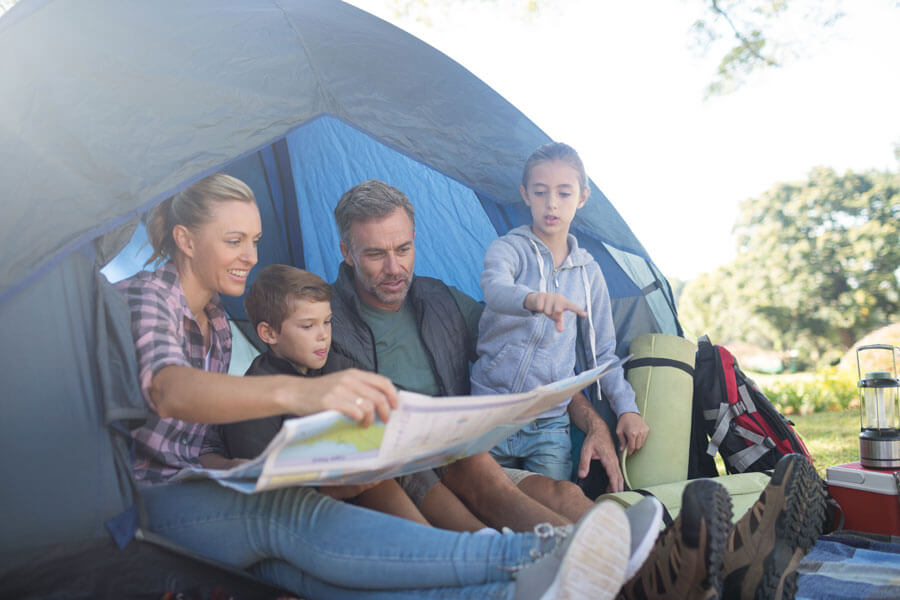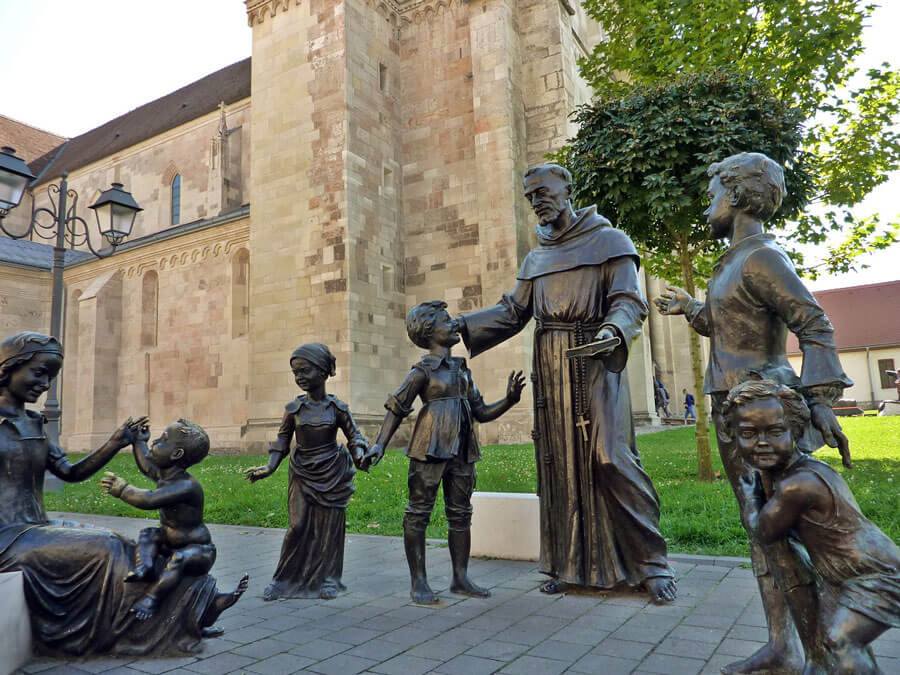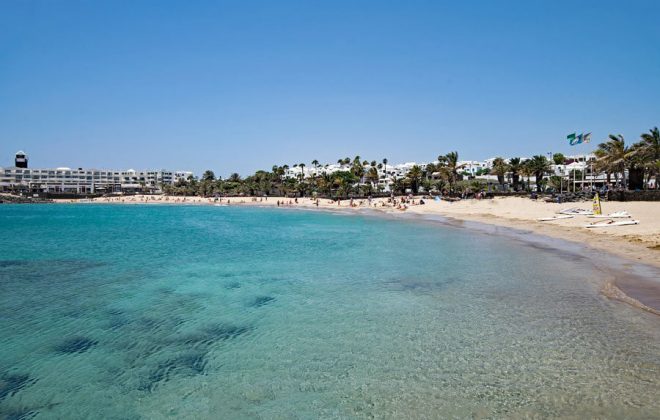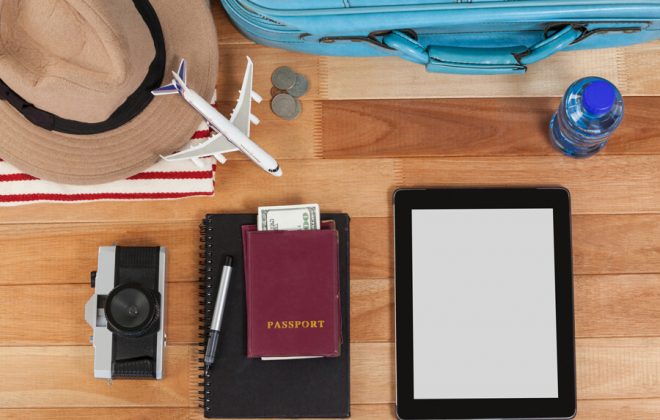5 Tips for Traveling and Learning With Kids
Travel shapes the young. You surely know this proverb. It is so true. It does not only concern youth from 16 or 17 years old. From the earliest childhood, traveling can bring so much. In one trip, the child is totally out of its comfort zone. So all its senses are on the lookout, curiosity and enthusiasm outweigh everything else. And all that while having fun. So here’s a small, non-exhaustive list of things a child can learn from a trip.
1.Preparing for a trip is already starting the journey
It does not matter if we go 100km or 1000km from home. Preparing for a trip is a way of becoming aware of all the differences that can exist between two regions, or two countries: a jet lag? Another language? What currency? How are we going back to another country, what are the formalities? How long is the trip? Where are we going to sleep? What is the climate or weather and what clothes to take? What are the essentials for traveling light according to the duration of the trip? Do we take games and activities and if so, which ones? When we include the child (obviously depending on their age) in the preparation of the trip, we help them project themselves, and above all, it accompanies him in the understanding of the organization, in the choices to be made, the priorities , logic, etc.
2.Applied geography
For every trip you make, even if the child does not leave with you, take out a card and show it to them. Show them where you are going, and where it is in relation to current whereabouts. Let them discover the route or the countries you fly over. For a trip to your country, it is an opportunity to see the regions, departments, rivers, the different places you will cross and their characteristics. For another country, we take the opportunity to talk about neighboring countries, the capital, known rivers and mountains that are there or other geographical or geological features (a volcano, a known waterfall, an animal reserve, etc.) Geography then becomes a kind of map with many treasures. Moreover, the child can keep a card with a small star for each place they visited.
3.Learn another language?
If you travel mainly in your own country, you can discover, for fun, the idiomatic expressions of the region you’re visiting. There are also regions that have their own language, or their own dialect. It’s fun to dive in. Learning another language comes when traveling abroad. You can learn a few words or a few sentences. You can also simply listen to videos of people who speak in other languages, to get used to the sounds and linguistics. Finally, know that in many countries, there is the official language, principal, but also several other dialects. It is important to see with the children that the present countries do not represent one people or one ethnic group but several.
4.A little history
On a journey we discover museums and historical sites: castles of the Middle Ages or the Renaissance; places that have made history as a landing beach, or a departure for slave ships; we visit places of worship of several types of architecture, we walk in cities that have a history, we discover Roman ruins or cities engulfed by water or by the forest. One can choose a destination according to the interests or the historical period that the child studies, or conversely, look for historical traces to better know the place where one is. In any case, it is always more fun to situate what has happened in your current whereabouts in the past.
5.Go out and walk
During a trip there is so much to discover that the majority happens outside. Also it’s almost always free. Walk in the city, walk the streets of a village and discover the life that man has built. But also go hiking to discover the beauties of nature: no matter the season and where you go, there will always be beautiful and incredible things that you can see and feel while walking. And if you pass this on to a child, he will always be able to come back to his senses when he needs them.









